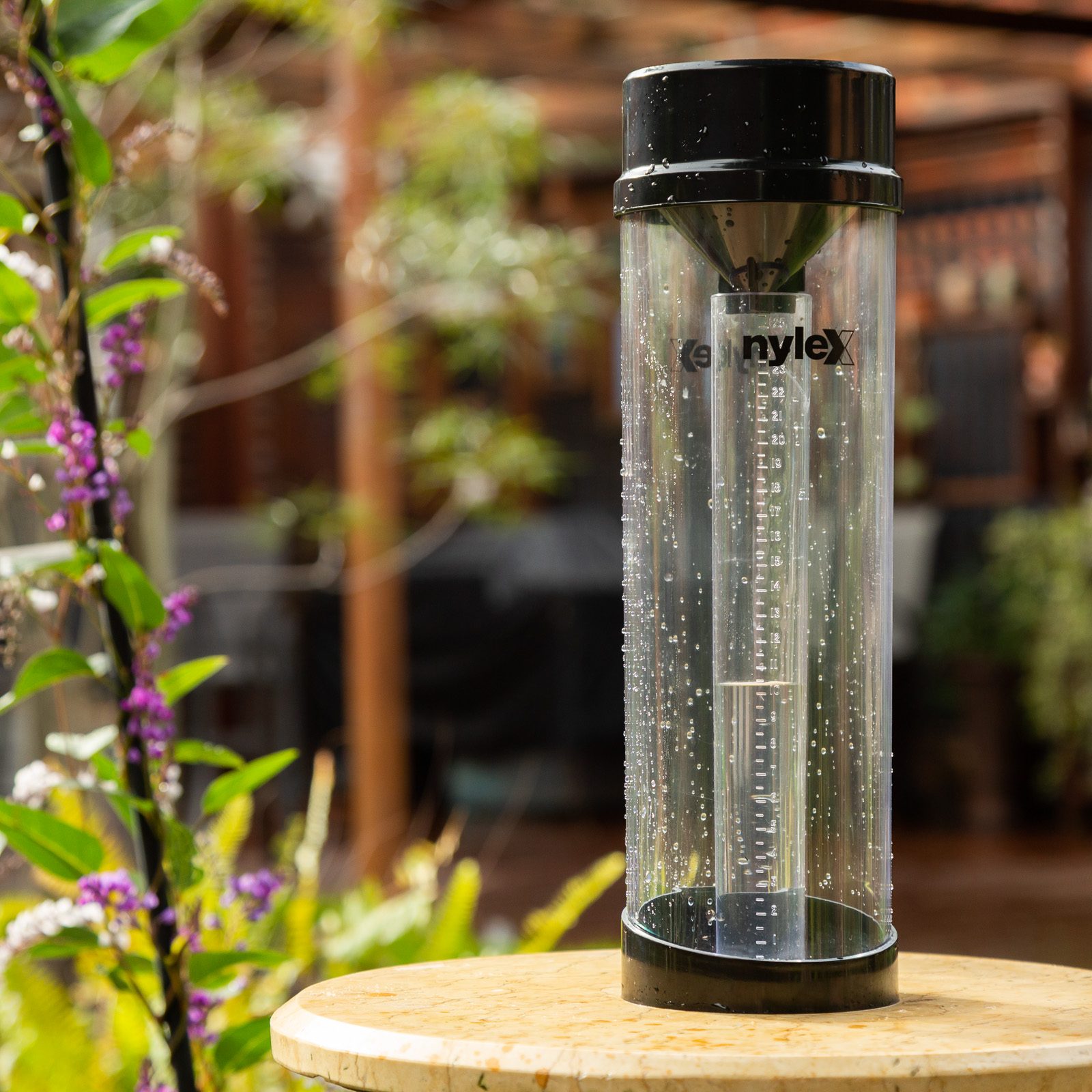Unveiling the Science Behind Rainfall Determines: Exactly How These Tools Play a Crucial Duty in Climate Research Study and Ecological Monitoring
Rainfall determines, seemingly straightforward gadgets, hold a profound importance in the realm of climate research and ecological tracking. These humble tools quietly collect one of nature's most crucial elements-- rains. Yet, behind their unpretentious exterior exists a complicated science that is important for comprehending the dynamics of our atmosphere. As we peel off back the layers of this scientific veil surrounding rain gauges, we reveal a world where precision, data precision, and careful observation converge to unveil a deeper understanding of our altering environment and its influence on the world.
Value of Rain Scales
Rainfall gauges play a vital function in monitoring and gauging rainfall degrees, giving vital information for environment research study and evaluation. These gadgets are fundamental in evaluating the amount of rains that takes place in a specific area over a specific period. By determining and accumulating rainwater, rain evaluates offer valuable insights right into the circulation and intensity of precipitation, assisting meteorologists, hydrologists, and climatologists in recognizing weather condition patterns and patterns.
One of the vital reasons that rain assesses are important is their capability to supply precise and localized information. Unlike satellite or radar-based dimensions, which provide more comprehensive monitorings, rainfall evaluates offer precise info specific to the area where they are placed. This localized information is important for various applications, including flooding forecasting, dry spell surveillance, and water resource administration. Additionally, long-term information accumulated from rainfall determines helps in evaluating environment change influences and patterns, adding substantially to scientific research study and decision-making procedures. Basically, rain evaluates serve as essential devices in the field of weather forecasting and ecological science, playing a critical role ahead of time our understanding of climate and environment dynamics.
Kinds Of Rain Gauges

Performance and Procedure
In the world of environment research study and atmospheric studies, the effectiveness of rain gauges lies in their detailed functionality and specific operational devices. Rainfall evaluates are created to properly determine the quantity of rainfall that tips over a specific location throughout a collection duration. These devices usually include a channel that collects rain and networks it into a gauging tube. The gauging tube is noted with adjusted dimensions that enable the accurate quantification of rainfall.
The capability of rain determines is based upon the principle of determining and accumulating rain in a standardized manner. This collected information is critical for recognizing neighborhood weather condition patterns, tracking lasting climate patterns, and evaluating ecological effects. To make certain exact measurements, rain assesses demand to be tactically positioned in open areas away from blockages such as buildings or trees that might hinder the collection process.
The functional facet of rainfall gauges entails regular upkeep to stop debris buildup, calibration checks to maintain dimension accuracy, and data tape-recording for evaluation (rain gauge). On the whole, the performance and procedure of rain determines are essential for collecting trusted precipitation information crucial to climate study and environmental surveillance
Duty in Environment Research Study
Offered the essential importance of accurate precipitation measurements in recognizing weather patterns and environmental effects, the duty of rain assesses in environment study is indispensable. Rainfall gauges supply important data for environment research study by evaluating the quantity of precipitation that tips over a particular area during a given duration. This information is essential for keeping an eye on long-lasting trends in precipitation patterns, assessing the effect of environment modification on rains distribution, and enhancing climate versions.

Climate scientists utilize data collected from rain gauges to evaluate variants in precipitation degrees, recognize regional climate trends, and review the efficiency of water source management strategies. By contrasting historic rainfall information with current measurements, researchers can spot shifts in rainfall patterns, such as modifications in the regularity or intensity of rainfall events. This details is vital for comprehending just how environment adjustment is affecting precipitation characteristics and can assist policymakers make informed choices concerning adaptation and reduction approaches.
Applications in Environmental Tracking

In flood projecting, rainfall scale data assists to track rainfall strength and distribution, enabling authorities to release prompt warnings and take required measures to minimize flooding risks (rain gauge). Dry spell monitoring relies upon rainfall gauge data to analyze moisture levels in the soil and track precipitation deficits, helping in the identification of drought-prone areas and important link the implementation of drought response techniques
Furthermore, rainfall scale data plays an important function in water resource administration by offering details on water accessibility and use fads. This information is used to make educated decisions concerning water allowance, website link conservation steps, and lasting water source preparation. In addition, in farming, rain gauge data assists farmers in optimizing irrigation schedules, crop choice, and general farm management practices based on neighborhood rainfall patterns. Generally, rainfall gauges are indispensable tools in environmental tracking, offering important understandings that contribute to notified decision-making and sustainable resource management.
Verdict
Finally, rainfall evaluates are necessary tools for gauging rainfall, offering important data for environment research and ecological tracking. With numerous kinds and capabilities, rainfall evaluates play an important role in recognizing rainfall patterns and their effect on the environment. By properly measuring rains, these gadgets contribute to the advancement of scientific expertise and assistance in making notified choices pertaining to water source monitoring and disaster preparedness.
Rainfall determines play a vital function in monitoring and gauging precipitation degrees, giving necessary data for climate study and analysis. The basic rain scale, known as the "tipping container" gauge, is one of the most frequently utilized tools. Ultrasonic rainfall gauges usage sound waves to detect the existence of rainfall, supplying real-time data on rainfall levels.Climate researchers make use of data gathered find this from rain assesses to evaluate variations in rainfall levels, identify local climate patterns, and evaluate the performance of water resource monitoring approaches.In final thought, rainfall evaluates are vital tools for measuring precipitation, offering useful data for climate study and ecological monitoring.